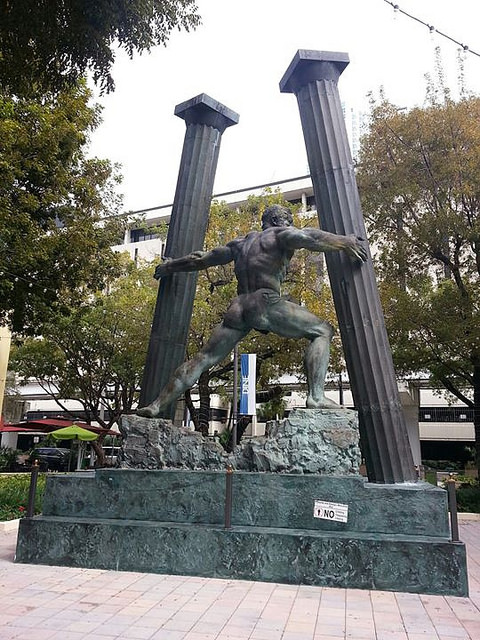MUFG Investor Services to Acquire Rydex Fund Services
| By Gabriela Huerta | 0 Comentarios
MUFG Investor Services, the global asset servicing group of Mitsubishi UFJ Financial Group, and Guggenheim Investments, the global asset management and investment advisory business of Guggenheim Partners, have entered into an agreement in which MUFG Investor Services will acquire Guggenheim’s 1940-Act mutual fund administration business, Rydex Fund Services. The transaction is expected to close in the fourth quarter of 2016, subject to regulatory approvals and customary closing conditions. The terms of the deal are undisclosed.
When consummated the deal will complete MUFG Investor Services’ full service offering for investment managers, adding regulated 1940 Act mutual fund and exchange traded fund services expertise to a comprehensive service proposition, which spans single manager, fund of hedge fund, private equity and real estate funds, pension funds and traditional asset managers.
The acquisition when completed will add $52 billion to MUFG Investor Services’ assets under administration (AuA) bringing total AuA to $422 billion. The assets serviced by Rydex Fund Services primarily consist of Guggenheim and Rydex branded mutual funds, exchange-traded products and closed-end funds, for which Guggenheim Investments will continue to serve as investment advisor.
Junichi Okamoto, Group Head of Trust Assets Business Group, Deputy President, Mitsubishi UFJ Trust and Banking Corporation said: “The acquisition of Rydex Fund Services will strengthen our position as an industry-leading administrator and is an important part of our commitment to supporting the growth of new clients and extending our services to existing clients. This deal will add capabilities which will allow us to respond more dynamically to our clients’ changing needs, enabling them to fully realize new market opportunities and support their growth ambitions.”
John Sergides, Managing Director, Global Head, Business Development and Marketing, MUFG Investor Services, said: “Demand for liquid alternative strategies has risen significantly in recent years as retail investors recognize the return potential and diversification benefits relative to traditional asset classes. Alternative fund managers are increasingly establishing ‘40-Act fund structures to access this growing market. We recognize the challenging environment our clients face and continue to enhance our offering to support the strategies that managers must deliver, both now and in the future. Our complete offering will allow us to become the partner of choice for alternative fund managers of all sizes, strategies and structures.”
Nikolaos Bonos, Head of Rydex Fund Services, commented: “MUFG Investor Services will provide new opportunities for us to extend and enhance our ‘40-Act fund administration experience for the benefit of our current and future clients. Aligning our team within the MUFG Investor Services group will enable us to respond to rising demand for liquid alternatives with a comprehensive service proposition that supports the development of investment managers’ businesses.”
Upon completion, MUFG Investor Services will be acquiring all of Rydex Fund Services’ business and intends to provide a seamless transition for its employees and clients.






